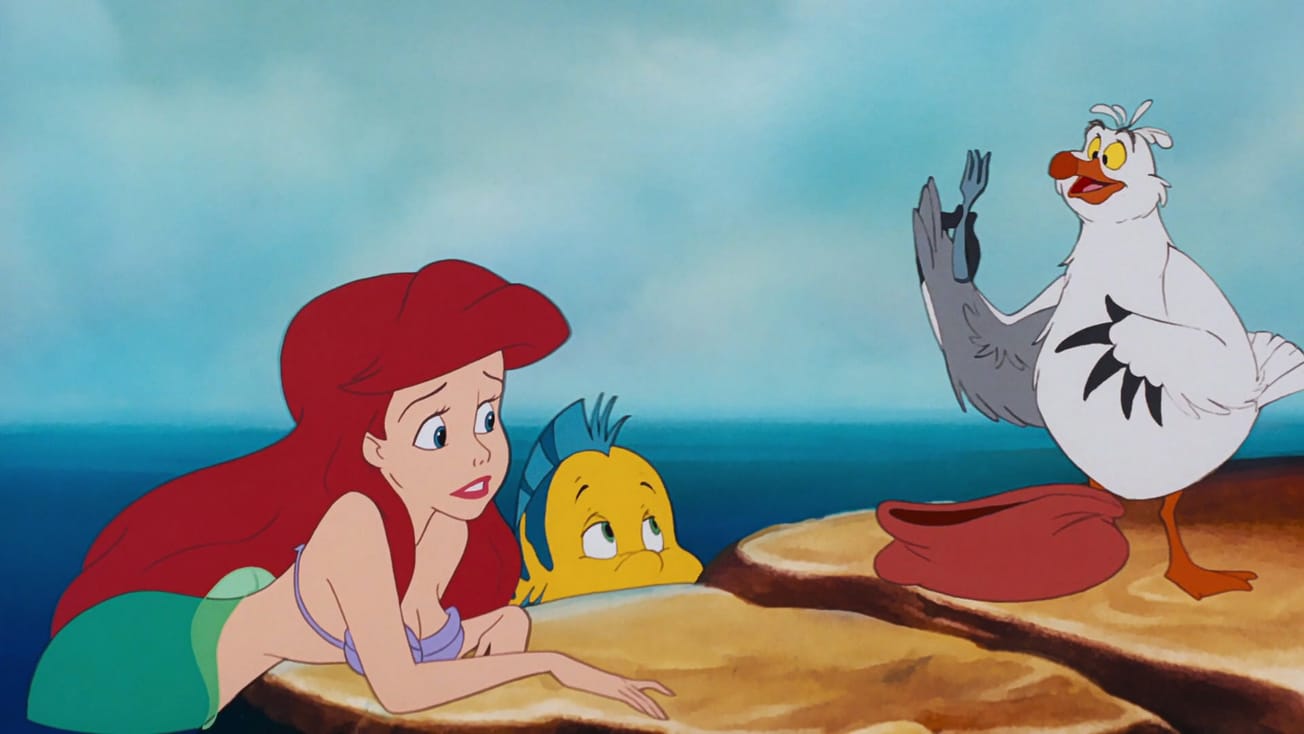By Toby Barnes, Second Year, History
Set 27 years after the events of the first film, IT Chapter Two (2019) sees the Losers Club return to Derry to defeat IT once and for all. Directed by Andy Muschietti, the film continues to address the importance of friendship in helping to overcome our fears.
The opening scene to IT (2017) is an iconic moment in horror, it looms over the rest of the film, giving the impression that no character was safe. Muschietti attempts to replicate that same feeling in one of the first scenes of Chapter Two.
Set at a fairground, the audience is introduced to a gay couple (Xavier Dolan and Taylor Frey) laughing and joking with one another.
The atmosphere of the film quickly changes when a group of local boys start shouting homophobic abuse at the couple. Events quickly escalate as Xavier’s character is thrown over a bridge into a river, before Pennywise (Bill Skarsgård) scoops him out of the water and bites a chunk out of his chest. This scene mirrors the opening of the first film in how it shifts from a friendly interaction to a scene of brutality.
However, in using a similar structure as the first film, the opening to Chapter Two felt a little repetitive. Furthermore, the audience is already familiar with Pennywise - in a scene later in the film Richie Tozier (Bill Hader) imitates the clown suggesting that even the producers are aware that there is predictability to the character and therefore to Chapter Two.
Working with a different cast, Muschietti was compelled to use flashbacks to create what he describes as ‘a dialogue between timelines’, the use of which emphasises that we should learn to accept our past trauma. The transitions to these flashbacks are seamless, such as when Beverly Marsh (Jessica Chastain) descends a ladder and appears at the bottom as her younger self (Sophia Lillis).
One scene fails to make an impact as we know that his character survives.
However, the flashbacks themselves detracted from the film. One scene where a young Ben Hanscom (Jeremy Ray Taylor) is running from a burning figure fails to make an impact as we know that his character survives. Another unwanted effect of using flashbacks is that it illustrates how little chemistry there is between the cast of Chapter Two.
The scene in the clubhouse where young Eddie Kaspbrak (Jack Dylan Glazer) and Richie Tozier (Finn Wolfhard) argue feels authentic and natural, particularly when contrasted with some of the interactions between the adults of the second film.
Muschietti made this point in a recent interview, commenting that the bond between the kids from IT (2017) was ‘colourful and immediate’, then laughing before adding that in the second film it was a ‘slightly more adult bond’.
Come back and play. #ITChapterTwo is the #1 Movie in the World, now playing. pic.twitter.com/HFxyRSr5tW
— IT Chapter Two 🎈🎈 (@ITMovieOfficial) September 19, 2019
The cinematography of IT Chapter Two was the films redeeming quality. In one scene, Bev returns to her old apartment where a slightly unnerving old woman now lives. Whilst the old woman makes Bev a drink, the camera remains focused upon her with the background blurred out.
Muschietti creates tension in focusing upon Bev’s face as you are waiting for her to realize the predicament that she is in. Blurring the background also creates a sense of uncertainty as to what is behind her. When an eight-foot tall monster reveals itself running straight towards Bev, it’s a truly terrifying scene.
This is an example of how Muschietti uses distinct camera angles effectively in scary scenes. Other examples are when the camera faces Bill Denborough (James McAvoy) from inside the sewer, or when point-of-view shots are used as the audience first sees Pennywise.
When an unusual camera angle is used, it gives the scene a feeling of unpredictability and creates tension as the audience is aware that something is about to happen.
Ultimately, the structural changes in IT Chapter Two detached viewers from the film and exposed the difficulties of making a sequel with different casts. The film describes it best: as throughout Bill Denborough receives criticism for his bad endings, it was only natural that IT Chapter Two was itself a bad ending.
Featured: IMDb / Warner Bros. Pictures
Does IT Chapter Two float above the criticism?








